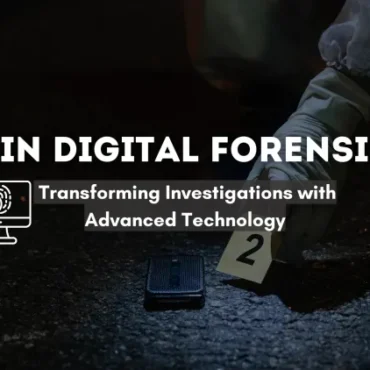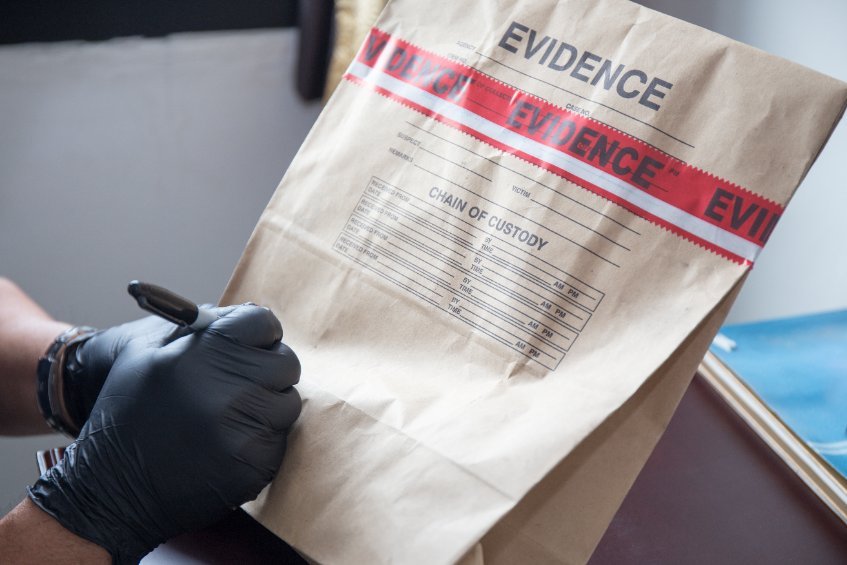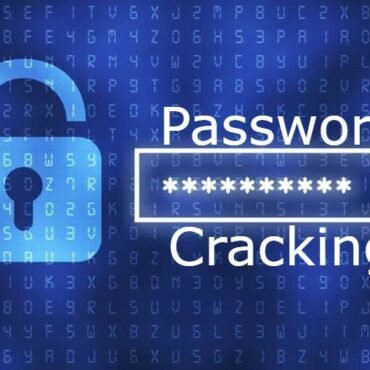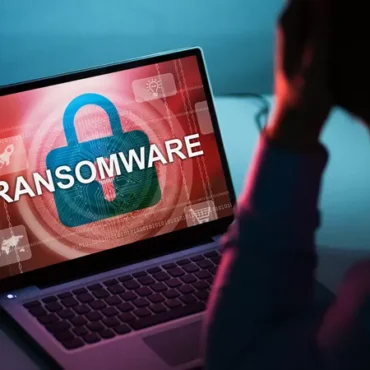The Importance of Chain of Custody in Digital Forensic Cases
In the field of digital forensics, evidence is everything. Whether it’s a deleted email, an encrypted hard drive, or a compromised smartphone, the information extracted from digital devices often plays a pivotal role in solving cybercrimes, corporate disputes, or fraud investigations. However, the integrity of that evidence is just as important as the evidence itself. That’s where the concept of Chain of Custody (CoC) comes in.
What Is Chain of Custody?
The Chain of Custody refers to the systematic documentation process that records the handling, transfer, analysis, and storage of evidence from the moment it is collected until it is presented in court.
In simple terms, it is a timeline of who handled the evidence, when, where, and how.
This documentation ensures that the evidence remains authentic, untampered, and credible, making it admissible in legal proceedings.
Why Chain of Custody Matters in Digital Forensics
1. Maintaining Evidence Integrity
Digital data is fragile. A single modification—intentional or accidental—can alter timestamps, metadata, or file content. A well-documented chain of custody guarantees that evidence is preserved in its original state, ensuring trust and reliability.
2. Legal Admissibility
Courts demand proof that evidence has not been altered or mishandled. A clear chain of custody log demonstrates that every step, from acquisition to analysis, was done using approved forensic methods, maintaining the credibility of investigators and the validity of findings.
3. Accountability and Transparency
By tracking every person who handles the evidence, the CoC provides accountability. If any discrepancy arises, investigators can quickly identify where and when the issue occurred. This transparency strengthens the trustworthiness of the forensic process.
4. Prevention of Contamination or Tampering
Proper labeling, sealing, and documentation prevent evidence from being tampered with—either intentionally or accidentally. Maintaining the chain ensures data protection and prevents external interference.
5. Supporting Expert Testimony
Forensic experts often testify in court to explain how evidence was collected and analyzed. A well-maintained CoC allows them to defend their findings confidently, backed by thorough documentation and process control.
Key Components of a Chain of Custody
To maintain a valid CoC, digital forensic teams typically include:
-
Evidence Identification Number: Unique tag for tracking.
-
Description of Evidence: Device details, serial numbers, condition.
-
Collection Information: Date, time, location, and collector’s name.
-
Transfer Log: Every handoff is recorded with signatures and timestamps.
-
Storage Details: Secure storage location and conditions noted.
-
Access Records: Who accessed the evidence and why.
Each of these steps is crucial to ensure that the digital trail remains secure and verifiable.
How Digital Forensic Firms Uphold the Chain of Custody
Reputable forensic firms like Hawk Eye Forensic follow strict protocols:
-
Using write blockers to prevent alteration of data.
-
Maintaining forensic imaging to preserve original media.
-
Documenting every stage of evidence handling.
-
Employing secure evidence lockers and controlled access systems.
These practices ensure that any evidence collected can withstand legal scrutiny and support investigations with integrity.
Conclusion
The Chain of Custody is more than just paperwork — it’s the foundation of trust in digital forensic investigations. Without it, even the most compelling evidence could be rendered useless in court.
Maintaining a clear, unbroken chain ensures accuracy, accountability, and authenticity, turning digital data into credible legal evidence.
In every investigation, remember:
It’s not just about finding the evidence — it’s about proving it’s genuine.





Post comments (0)